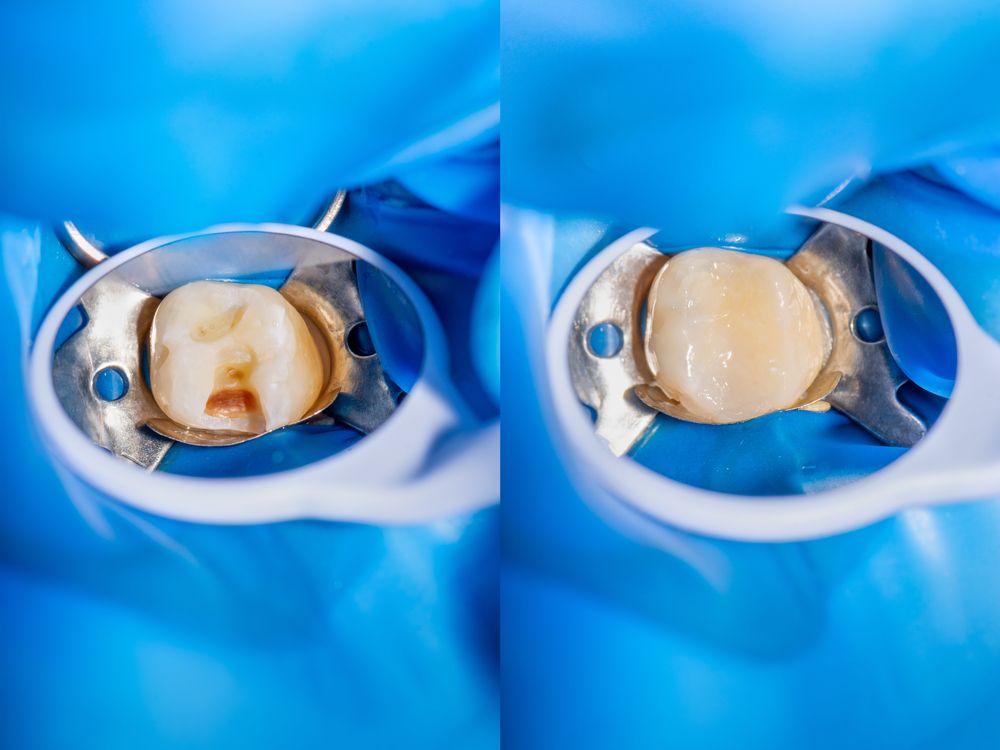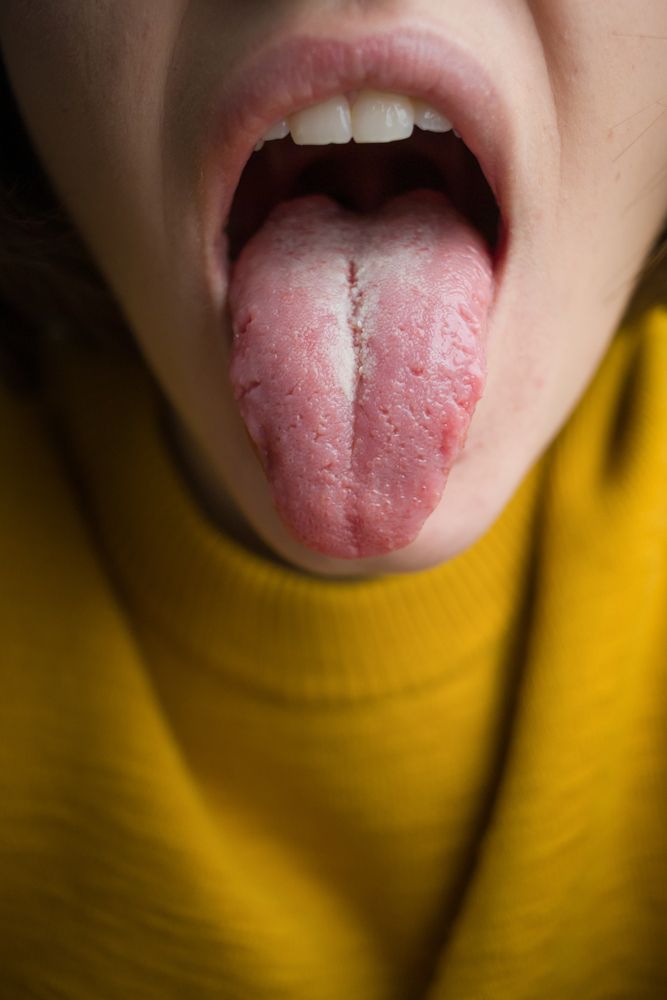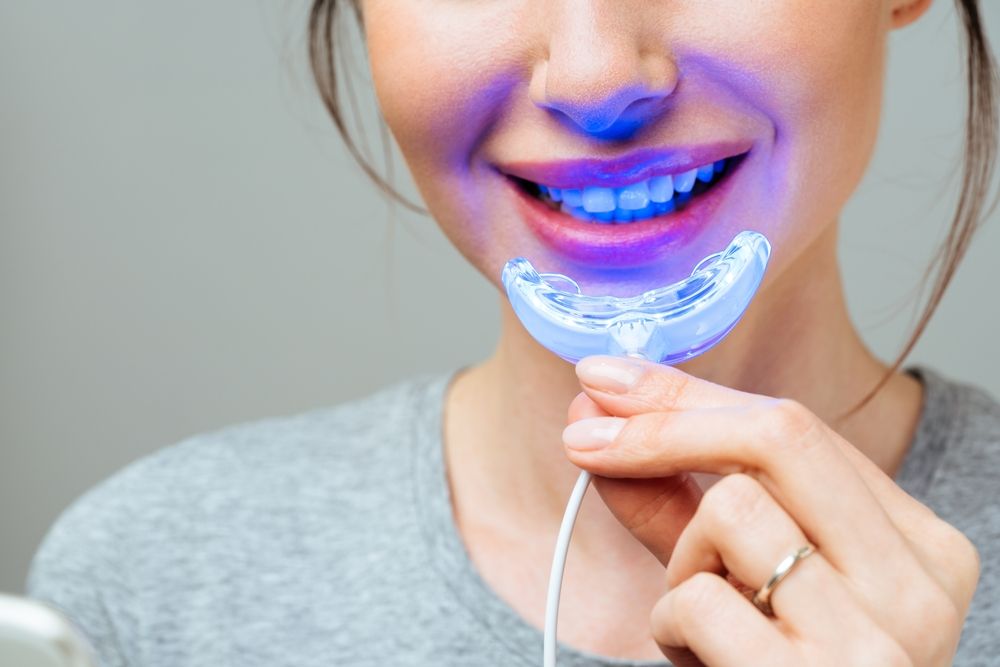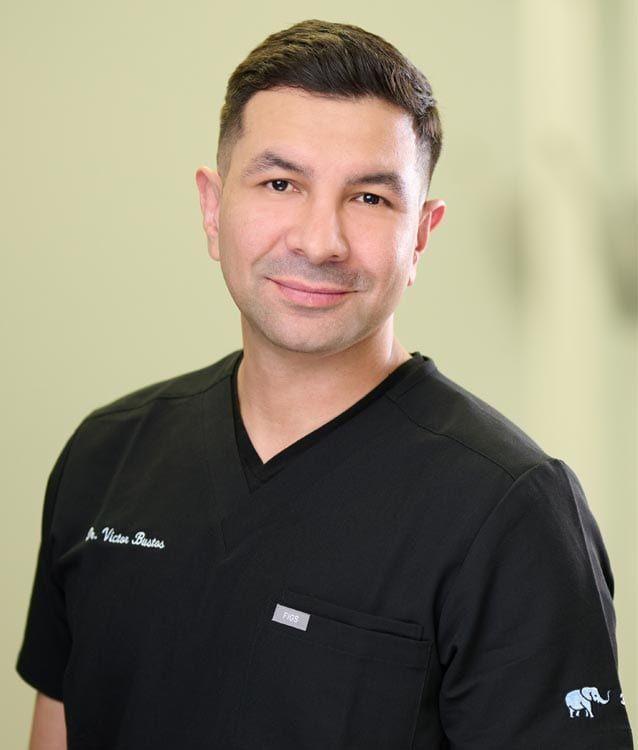Dental emergencies can strike at any time, causing discomfort and potentially leading to more serious problems if not addressed promptly. Knowing how to respond can make all the difference. Here are the top 10 common dental emergencies and what you should do about them:
1. Toothache
A toothache can indicate anything from a cavity to an abscess.
What to do: Rinse your mouth with warm saltwater to reduce inflammation. Over-the-counter pain relievers can help, but avoid placing aspirin directly on the tooth. See your dentist as soon as possible.
2. Chipped or Broken Tooth
A chipped or broken tooth can be painful and may expose the tooth’s inner layers.
What to do: Rinse your mouth with warm water and save any pieces of the tooth, keeping them in milk or saliva. Apply a cold compress to the affected area to reduce swelling, and see your dentist immediately.
3. Knocked-Out Tooth
Losing a tooth due to trauma can be alarming, but quick action may save it.
What to do: Handle the tooth by the crown (not the root) and rinse it gently. If possible, place it back in the socket or keep it in milk or saliva until you get to the dentist. Time is critical, so seek care within an hour.
4. Lost Filling or Crown
A lost filling or crown can expose sensitive tooth structures.
What to do: Use dental cement, if available, to temporarily cover the area. Avoid chewing on the affected side and schedule a dental appointment promptly.
5. Abscessed Tooth
An abscess is a severe infection that can cause swelling, pain, and fever.
What to do: Rinse your mouth with warm saltwater and avoid pressing on the area. Seek emergency dental care immediately, as untreated abscesses can spread the infection to other parts of the body.
6. Soft Tissue Injuries
Cuts or injuries to the tongue, cheeks, or gums can cause significant bleeding.
What to do: Rinse your mouth with warm saltwater and apply gentle pressure with a clean cloth or gauze. If the bleeding doesn’t stop within 15 minutes, seek professional care.
7. Cracked Tooth
A cracked tooth can lead to pain, especially when chewing or exposing it to temperature changes.
What to do: Rinse your mouth with warm water and apply a cold compress to reduce swelling. Avoid chewing on the affected side and see your dentist promptly.
8. Objects Stuck Between Teeth
Food particles or other objects lodged between teeth can cause discomfort or gum irritation.
What to do: Gently use dental floss to dislodge the object. Avoid using sharp tools that could damage your teeth or gums. If you can’t remove the object, visit your dentist.
9. Broken Braces or Wires
Broken orthodontic appliances can cause discomfort or injury to the cheeks and gums.
What to do: Use orthodontic wax to cover sharp edges and prevent injury. Do not attempt to cut the wire yourself. Schedule an appointment with your orthodontist as soon as possible.
10. Tooth Sensitivity
Sudden tooth sensitivity can result from enamel erosion, gum recession, or other dental issues.
What to do: Avoid hot, cold, or acidic foods and beverages until you see your dentist. Over-the-counter desensitizing toothpaste can provide temporary relief.
Final Tips for Handling Dental Emergencies
- Always keep an emergency dental kit on hand, including items like gauze, a small container with a lid, dental floss, and over-the-counter pain relievers.
- Save your dentist’s emergency contact information in your phone.
- Remember, delaying treatment can worsen the issue, so seek professional help promptly.
Conclusion
Dental emergencies can be stressful, but staying calm and knowing what to do can protect your oral health and prevent complications. By following these steps and seeking professional care promptly, you can address dental emergencies effectively. Regular dental checkups and maintaining good oral hygiene can also help minimize the risk of these situations. Remember, your dentist is your best ally in keeping your smile healthy and pain-free.






